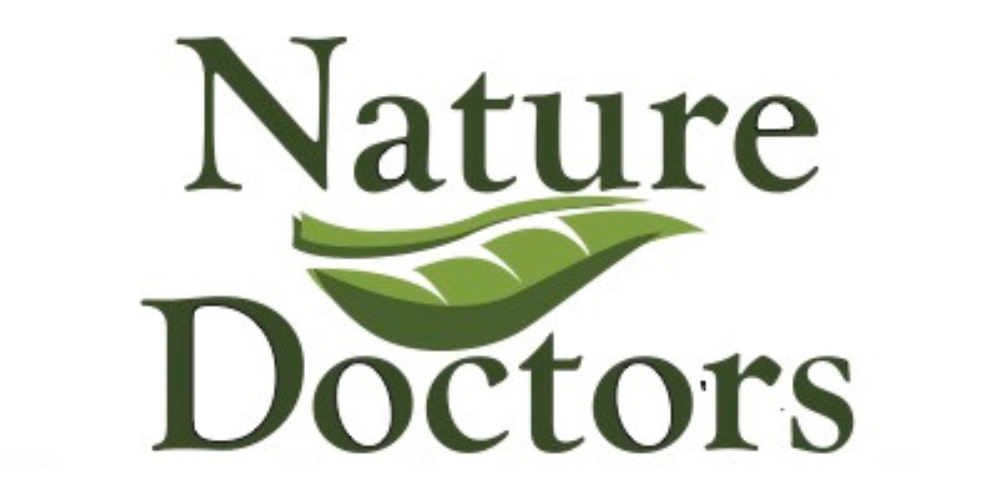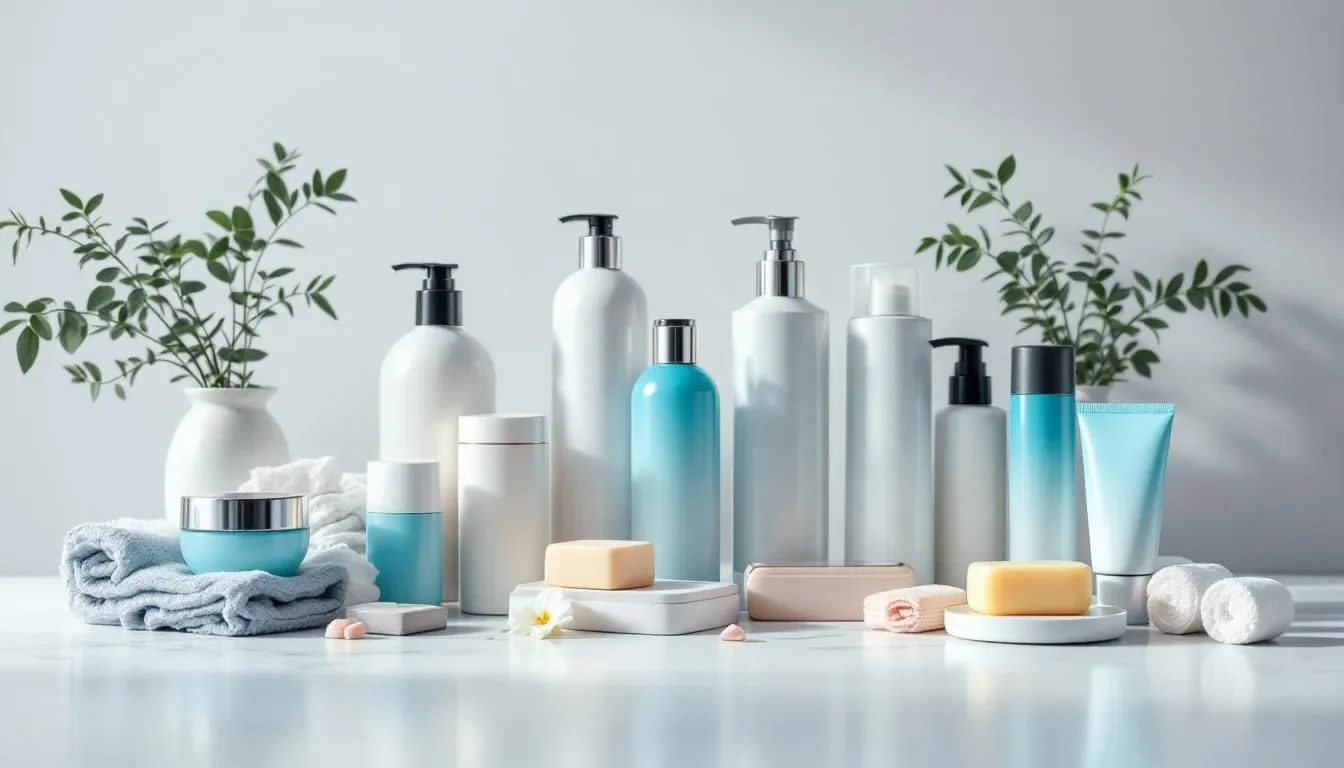Environmental Toxicity: Everyday Sources You’re Overlooking
Introduction
In today’s fast-paced world, the term "environmental toxicity" is becoming increasingly important. Environmental toxicity refers to harmful substances in our surroundings that can negatively impact our health. These toxins are everywhere—some obvious, like car exhaust, and others less so, lurking in products we use daily. 🌍 With rising pollution levels and industrialization, understanding environmental toxicity has never been more critical for safeguarding our well-being.
What’s surprising is how many everyday items and routines expose us to toxins without us even realizing it. From household cleaners to personal care products, these hidden dangers accumulate over time, potentially leading to serious health issues. 😮 That’s why raising awareness about these overlooked sources is key to protecting ourselves and our families.
What Is Environmental Toxicity?
Environmental toxicity encompasses a wide range of harmful substances found in our environment. These include chemical toxins like pesticides and heavy metals, biological contaminants such as mold and bacteria, and radioactive materials from industrial waste or medical procedures. 🧪 These toxins enter our bodies through various pathways, making them hard to avoid entirely. Understanding their origins is the first step toward reducing exposure.
People are exposed to environmental toxins primarily through inhalation (breathing polluted air), ingestion (eating contaminated food or water), and dermal contact (touching toxic substances). Each method of exposure carries its own risks, which is why identifying sources in our daily lives is crucial for minimizing harm. Let’s dive deeper into some specific areas where toxins hide in plain sight.
Household Items as Hidden Sources of Toxins
You might not think twice about your favorite cleaning spray or new couch, but these items often contain harmful chemicals. Plastics may release phthalates, paints emit volatile organic compounds (VOCs), and furniture upholstery can harbor flame retardants. Even seemingly innocuous products like scented candles or air fresheners contribute to indoor air pollution. 🔥 The cumulative effect of using multiple toxin-laden products can be alarming.
Prolonged exposure to these toxins can lead to respiratory problems, hormonal imbalances, and even chronic illnesses. It’s essential to read labels carefully and opt for safer alternatives whenever possible. Transitioning to eco-friendly products isn’t just good for the planet; it’s vital for your health too. Speaking of health, let’s explore how food can also be a source of toxins.
Common Food Contaminants and Packaging Risks
Processed foods often contain additives and preservatives that can be harmful if consumed regularly. Additionally, fruits and vegetables may carry pesticide residues unless they’re organically grown. But the risks don’t stop there—food packaging itself can leach chemicals like BPA into what you eat. 🍎 Canned goods, plastic containers, and even receipts printed on thermal paper pose potential hazards.
"VOC’s are chemicals that can be found in paints, stains, strippers and finishes, as well as, cleaners, aerosol sprays, personal care products, air fresheners, pesticides, and new furniture and flooring." -EcoWatch
Heavy metals like mercury and arsenic are another concern, particularly in seafood. Mercury accumulates in larger fish like tuna and swordfish, posing risks to those who consume them frequently. Reducing consumption of high-risk foods and choosing glass or stainless steel containers can help lower your exposure. Now, let’s turn our attention to another overlooked source: drinking water.
"Heavy metals like mercury can build up in fish, contaminating them as a source of food. People who eat the fish may get exposed to mercury." -Augusta University
Drinking Water: More Than Just Lead
While lead contamination remains a significant issue, especially in older plumbing systems, it’s far from the only threat to clean drinking water. Pesticides, industrial runoff, per- and polyfluoroalkyl substances (PFAS), and microplastics have all been detected in water supplies worldwide. 💧 These contaminants seep into waterways from agricultural practices, manufacturing processes, and improper waste disposal.
"Lead contamination in drinking water usually comes from leaching in distribution or plumbing lines." -Tulane University
The health risks associated with contaminated water range from developmental delays in children to increased cancer risk in adults. Installing a high-quality water filter and staying informed about local water quality reports are practical steps everyone can take. As we move forward, let’s examine how airborne toxins affect both indoor and outdoor environments.
"Particles of these substances typically enter the body through inhalation, ingestion or skin contact." -Augusta University
Airborne Environmental Toxins Indoors and Outdoors
Indoor air pollution is often worse than outdoor air due to poor ventilation and concentrated sources of toxins. Common culprits include VOCs from paints and cleaning products, mold spores, radon gas, and secondhand smoke. 🏠 Meanwhile, outdoor air suffers from vehicle emissions, industrial pollutants, and wildfire smoke, especially during certain seasons.
"A softening agent used in plastics and in a variety of beauty and skincare products, also found in vinyl flooring. They are linked to endocrine disruption, developmental and reproductive toxicity, and cancer, have been banned from cosmetics in the European Union, but still remain prevalent in U.S. products." -EcoWatch
Short-term exposure to airborne toxins can cause headaches, dizziness, and irritation, while long-term effects include respiratory diseases and cardiovascular issues. Improving indoor air quality with plants, air purifiers, and proper ventilation can make a big difference. Next, let’s zoom in on an area close to home: personal care products.
"Due to their widespread production and use, as well as their ability to move and persist in the environment, surveys conducted by the Centers for Disease Control and Prevention (CDC) show that most people in the United States have been exposed to some PFAS." -EPA
Personal Care Products: Everyday Chemical Exposures
Many personal care products contain hidden toxins like phthalates, parabens, and even trace amounts of heavy metals. These chemicals are absorbed through the skin and can disrupt hormones, damage DNA, or trigger allergic reactions. 💄 Despite stricter regulations in places like the EU, loopholes in other regions mean many harmful ingredients remain unregulated.
"Exposure to heavy metals found in our food, water, and environment may be a result of natural soil erosion and weathering of human industrial and agricultural activities." -Fullscript
Switching to natural or organic brands and reading ingredient lists carefully can reduce your exposure. However, systemic change requires greater transparency and accountability from manufacturers. Before wrapping up, let’s discuss two particularly persistent environmental toxins: PFAS and flame retardants.
"Chronic exposure to lead has been associated with allergies, weight loss, muscular weakness, paralysis, kidney damage, and brain conditions such as autism, dyslexia, hyperactivity, and psychosis." -Fullscript
Persistent Environmental Toxins: PFAS and Flame Retardants
PFAS, often called “forever chemicals,” resist breaking down in the environment and accumulate in living organisms. Found in nonstick cookware, waterproof fabrics, and firefighting foams, they’ve been linked to cancer and immune system disorders. 🔥 Similarly, flame retardants used in furniture and electronics persist in dust and soil, posing ongoing health risks.
"Environmental toxins can pose significant health risks. Examples of chemical toxins are pesticides, herbicides, volatile organic compounds (VOCs) and heavy metals." -Augusta University
Growing awareness has led to regulatory scrutiny, but these chemicals remain widespread. Advocating for stricter controls and supporting companies prioritizing safer alternatives are ways to drive progress. Finally, let’s look at how soil contamination impacts gardens and playgrounds.
"They may be found in items you use every day, such as plastic, cleaning products, cosmetics, and food. Understanding the types of environmental toxins and taking action are key to protecting your health." -Fullscript
Environmental Toxins in Soil and Gardens
Soil contamination occurs when harmful substances like pesticides, herbicides, and heavy metals infiltrate the ground. This happens naturally through erosion or unnaturally via human activities like mining and agriculture. 🌱 When gardening or playing outdoors, people unknowingly come into contact with these toxins.
"Some PFAS chemicals can accumulate in the body over time." -EPA
Risks include accidental ingestion, skin absorption, and tracking contaminated dirt indoors. Testing soil before planting edible crops and washing hands after outdoor play can mitigate these dangers. With this context in mind, let’s address groups most vulnerable to environmental toxins.
Children and Other Vulnerable Groups: Increased Risk
Children, pregnant women, and individuals with chronic illnesses face higher risks from environmental toxins due to developing bodies, compromised immune systems, or pre-existing conditions. 🍼 For example, young children absorb more toxins relative to their body weight and spend more time on floors where contaminants settle.
Symptoms of excessive exposure range from developmental delays to neurological disorders. Protecting these populations involves creating toxin-free spaces and advocating for policies that prioritize their safety. Now, let’s connect the dots between environmental toxins and chronic diseases.
Chronic Illnesses and Environmental Toxicity
Research increasingly links environmental toxins to chronic diseases like cancer, neurological disorders, and autoimmune conditions. Studies show correlations between pesticide exposure and Parkinson’s disease, as well as between air pollution and lung cancer. 🩺 Real-world examples underscore the urgency of addressing these connections.
By reducing exposure and supporting scientific research, we can work toward preventing these illnesses. Prevention starts at home, though, so let’s talk about actionable steps you can take right now.
Reducing Exposure: Practical Steps at Home and Work
Reducing toxin exposure begins with small changes. Opt for fragrance-free cleaning products, switch to glass or stainless steel containers, and improve home ventilation. At work, advocate for greener practices and encourage colleagues to adopt similar habits. 🌿 Community involvement amplifies individual efforts, fostering broader change.
Additionally, investing in a water filtration system and choosing organic produce can significantly lower your risk. Remember, every step counts, no matter how small. On a larger scale, regulation plays a pivotal role in shaping safer environments.
Regulation, Policy, and the Role of Advocacy
Regulations governing environmental toxins vary widely across regions. While the EU enforces strict bans on hazardous chemicals, gaps exist elsewhere. Emerging policies aim to address these shortcomings, but public pressure is often needed to enact meaningful change. 📜 Advocacy empowers citizens to demand accountability and push for stronger protections.
By staying informed and participating in grassroots movements, individuals can influence policy decisions. Together, we can create a future where environmental toxins are minimized, ensuring healthier communities for generations to come. Below are answers to some common questions about this topic.
FAQ: Common Questions About Environmental Toxicity
What are the most common sources of environmental toxicity in daily life? Everyday items like plastics, cleaning products, processed foods, and tap water often harbor hidden toxins. Many go unnoticed because they’re integrated into modern conveniences.
What health problems are associated with exposure to everyday toxins? Short-term effects include headaches and nausea, while long-term exposure increases risks of cancer, neurological disorders, and reproductive issues.
How do I know if my home contains hidden environmental toxins? Signs include persistent odors, mold growth, or unexplained health symptoms. Professional testing services can provide detailed insights.
Are children more vulnerable to environmental toxins? Yes, their developing bodies absorb toxins more readily, making them prone to lasting damage.
What steps can I take immediately to reduce toxic exposures? Start by switching to natural cleaning products, filtering your water, and avoiding plastic containers. Small changes add up over time.
Conclusion
Environmental toxicity affects us all, whether we realize it or not. From household items to food and water, toxins infiltrate nearly every aspect of daily life. By recognizing these overlooked sources, we empower ourselves to make smarter choices that protect our health and the planet. 🌱
Taking action doesn’t stop at home—advocating for safer products and stronger regulations ensures collective progress. Visit The Nature Doctors to learn more about combating environmental toxicity and embracing holistic wellness solutions. Together, we can build a cleaner, healthier world—one mindful choice at a time.




